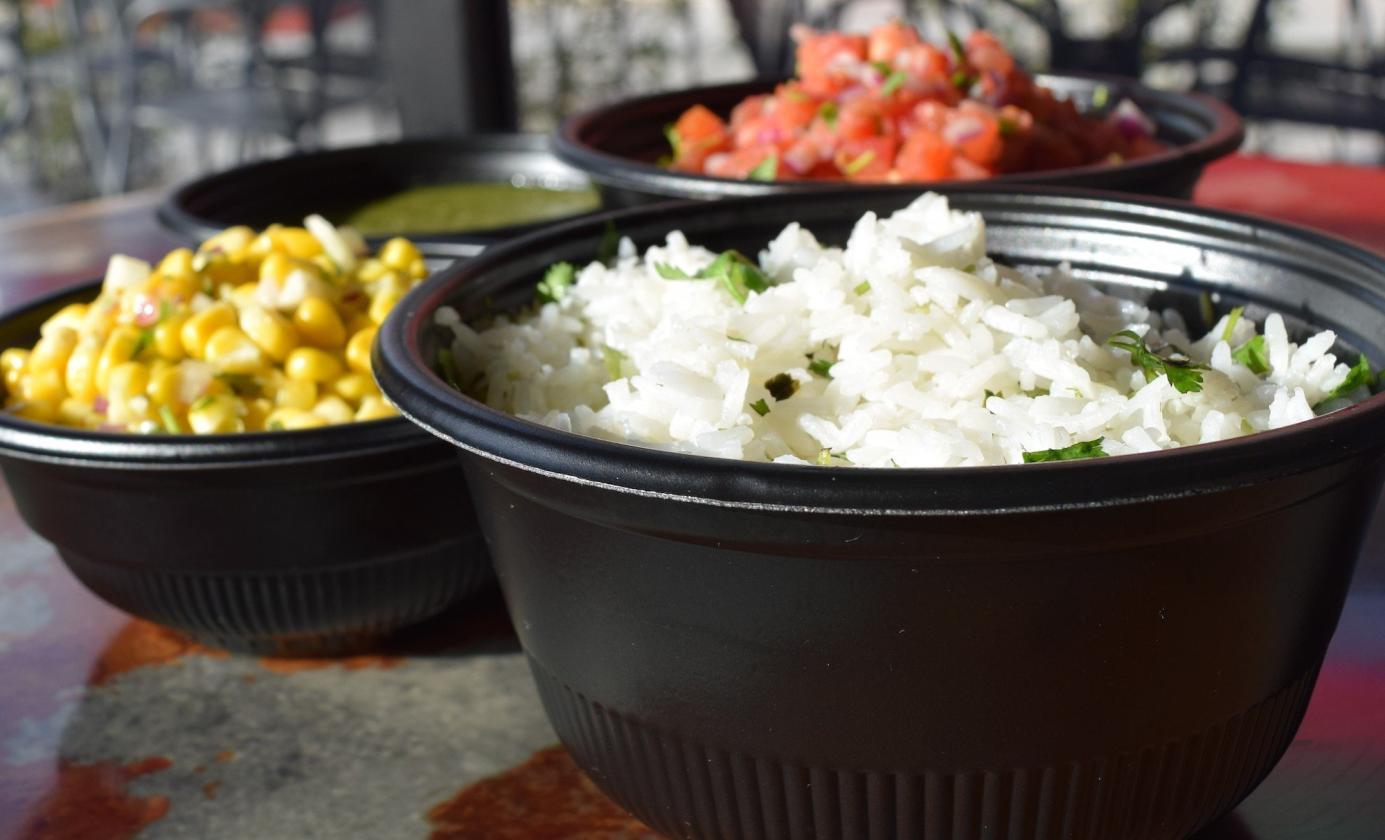How Can Family-Style Catering Be Adapted to Different Cultural and Ethnic Cuisines?
Family-style catering is a popular choice for events of all kinds, from weddings and birthdays to corporate functions and holiday parties. It offers a relaxed and informal dining experience where guests can share food and conversation around the table. However, when catering to a diverse group of guests, it is important to consider how to adapt the menu and presentation to accommodate different cultural and ethnic cuisines.

Definition of Family-Style Catering
Family-style catering is a style of dining where large platters or bowls of food are placed on the table for guests to share. This allows guests to choose the dishes they want and to try a variety of different foods. Family-style catering is often seen as a more casual and relaxed dining experience than plated catering, where each guest is served an individual plate of food.
Benefits of Family-Style Catering
There are many benefits to choosing family-style catering for your event. Some of the benefits include:
- Encourages interaction and conversation: Family-style catering encourages guests to interact with each other as they pass dishes and share food. This can create a more lively and festive atmosphere.
- Provides a variety of food options: With family-style catering, guests can choose from a variety of dishes, which allows them to try new foods and flavors. This is especially beneficial for events with guests from different cultural backgrounds.
- Is more cost-effective: Family-style catering is often more cost-effective than plated catering, as it requires less labor and fewer dishes.
Thesis Statement

Family-style catering can be adapted to different cultural and ethnic cuisines by considering various factors such as dietary restrictions, cultural traditions, and presentation styles.
I. Dietary Restrictions
One of the most important things to consider when adapting family-style catering to different cultural and ethnic cuisines is dietary restrictions. Some common dietary restrictions include:
- Religious dietary laws: Some religions have specific dietary laws that restrict the consumption of certain foods. For example, halal and kosher diets have specific rules about the preparation and consumption of meat.
- Food allergies and intolerances: Some people have food allergies or intolerances that can make them sick if they eat certain foods. For example, people with celiac disease cannot eat gluten, and people with lactose intolerance cannot eat dairy products.
- Health conditions: Some health conditions, such as diabetes and heart disease, require people to follow specific diets. For example, people with diabetes need to limit their sugar intake, and people with heart disease need to limit their intake of saturated fat.
When catering to a diverse group of guests, it is important to identify any common dietary restrictions and to adapt the menu accordingly. This can be done by:
- Providing alternative dishes or substitutions: For guests with dietary restrictions, caterers can provide alternative dishes or substitutions that meet their dietary needs.
- Labeling dishes clearly: It is important to label dishes clearly so that guests can easily identify which dishes are safe for them to eat.
- Ensuring that all dishes are prepared according to dietary guidelines: Caterers should ensure that all dishes are prepared according to the dietary guidelines of the guests who will be eating them.
II. Cultural Traditions
Another important factor to consider when adapting family-style catering to different cultural and ethnic cuisines is cultural traditions. Food plays an important role in many cultures, and it is important to be respectful of the cultural traditions of your guests.
Some things to consider when incorporating cultural traditions into family-style catering include:
- The role of food in religious ceremonies and festivals: In many cultures, food plays an important role in religious ceremonies and festivals. For example, in Chinese culture, certain foods are eaten during the Lunar New Year to bring good luck and prosperity.
- Traditional dishes and their importance in cultural identity: Many cultures have traditional dishes that are important to their cultural identity. For example, in Italian culture, pasta is a staple food that is often served at family gatherings.
- Dining etiquette and customs: Different cultures have different dining etiquette and customs. For example, in some cultures, it is considered rude to eat with your hands, while in other cultures, it is considered rude to use utensils.
When catering to a diverse group of guests, it is important to understand the cultural traditions of your guests and to incorporate them into the menu and presentation of the food.
III. Presentation Styles
The presentation of the food is also an important factor to consider when adapting family-style catering to different cultural and ethnic cuisines. Different cultures have different preferences for how food is presented.
Some common presentation styles for family-style catering include:
- Buffet-style: In a buffet-style presentation, guests serve themselves from a variety of dishes that are displayed on a buffet table. This style is popular for large events, as it allows guests to choose the dishes they want and to try a variety of different foods.
- Plated-style: In a plated-style presentation, dishes are individually plated and served to guests. This style is often used for more formal events, as it provides a more elegant dining experience.
- Family-style: In a family-style presentation, large platters or bowls of food are placed on the table for guests to share. This style is popular for casual events, as it encourages guests to interact with each other and to try a variety of different foods.
When choosing a presentation style for family-style catering, it is important to consider the cultural preferences of your guests. For example, in some cultures, it is considered rude to serve food on a buffet table, while in other cultures, it is considered rude to serve food on individual plates.
Restatement of Thesis Statement
Family-style catering can be adapted to different cultural and ethnic cuisines by considering various factors such as dietary restrictions, cultural traditions, and presentation styles. By being sensitive to the cultural needs of your guests, you can create a dining experience that is both enjoyable and respectful.
Family-style catering is a great option for events of all kinds. It is a relaxed and informal dining experience that encourages guests to interact with each other and to try a variety of different foods. However, when catering to a diverse group of guests, it is important to consider how to adapt the menu and presentation to accommodate different cultural and ethnic cuisines. By being sensitive to the cultural needs of your guests, you can create a dining experience that is both enjoyable and respectful.
YesNo

Leave a Reply